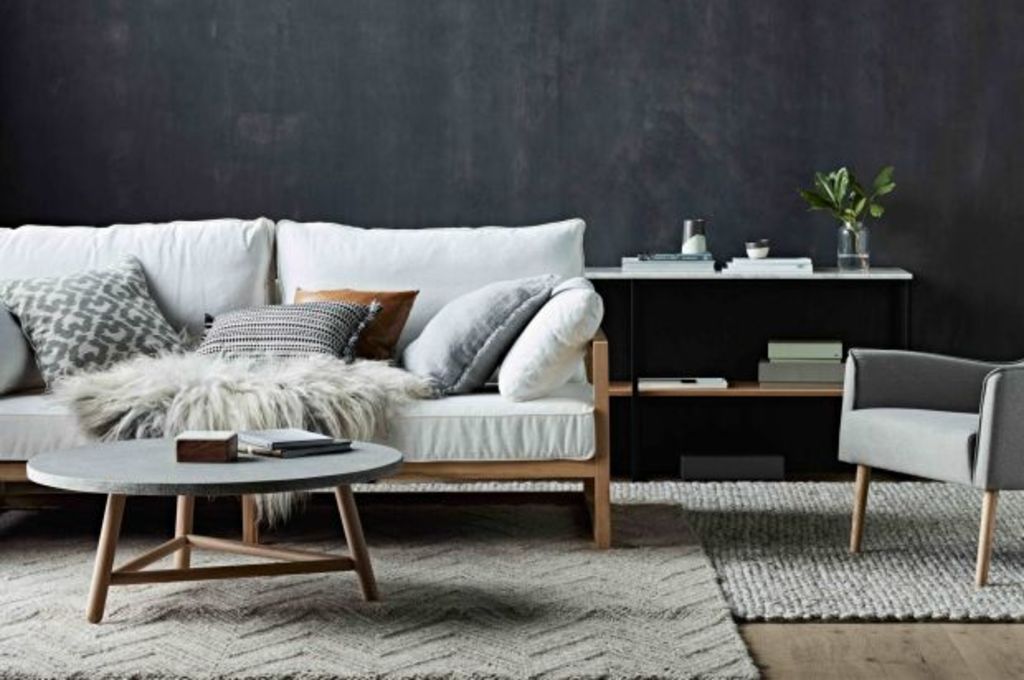Introducing Japandi: the hottest new design movement for 2017

It was only a matter of time before the unwavering popularity of Japanese minimalism and Scandinavian decor spawned an inspired new look.
Designers are already calling 2017 the year of “Japandi” – an interior design movement that fuses Japanese simplicity with Scandinavian style.
“Japandi is a stylistic term that draws on the Japanese ‘wabi sabi’ principle of finding beauty in the imperfect, blended with Scandinavian simplicity – clean lines, raw functionality and flawless craftsmanship,” says Keti Lytras, GlobeWest design manager.
The style features a pared-back aesthetic of cool undertones, raw edges, muted tones and a combination of pale and dark timbers.
“The overall tone is more electric than traditional Japanese interiors, but still embraces simple no fussy lines,” says Justine Stedman, director at Vault Interiors.
“Statement furniture is wenge charcoal or dark oak toned, but is still paired with the light oak tones found in the Scandi look. The accent colours are also borrowed from the current Scandi trend, with soft pinks, greys and pastel greens.”

Mika dining table and chair from GlobeWest. Styling: Julia Green. Photo: Mike Baker
While in their original forms Japanese and Scandi styles appear similar, when applied together they offer a new versatility and practicality and a more extensive colour palette for homeowners to explore.
“Separately, the styles can be quite extreme in their design, but as a hybrid, it’s far more accessible for both designers and the general public,” says Bianca Hung, senior associate at Hayball.
“The Scandinavian trend really flooded the market, which made it hard for stylists and designers to create something new and fresh…. Japandi is a clever use of the same Scandi principles, but the style has slight adaptations in the texture of fabric, colour of wood and a subtle shift in accent colours,” Stedman says.

Furniture from GlobeWest. Styling: Ruth Welsby. Photo: Mike Baker
“Both styles use very refined elements in a minimal way that’s become quite popular in Australia, but both styles have been given a local twist to balance more with the Australian lifestyle,” Hung says.
“It all comes back to clean living and simple, timeless ideas that people can dress up or dress down.”

Furniture from GlobeWest. Styling: Rebecca Simon. Photo: Mike Baker
Despite being hailed as new design trend, designers say Japandi has the potential to become a timeless design movement, able to be appreciated for decades to come.
“To me Japandi is not a trend per se, but an evolution from what we love and have termed ‘Scandi’ in Australia,” Lytras says.
“Pieces are simple, timeless and handcrafted. Undeniably these ‘forever’ pieces will enable us to create spaces with warmth and individuality.”
We recommend
We thought you might like
States
Capital Cities
Capital Cities - Rentals
Popular Areas
Allhomes
More







